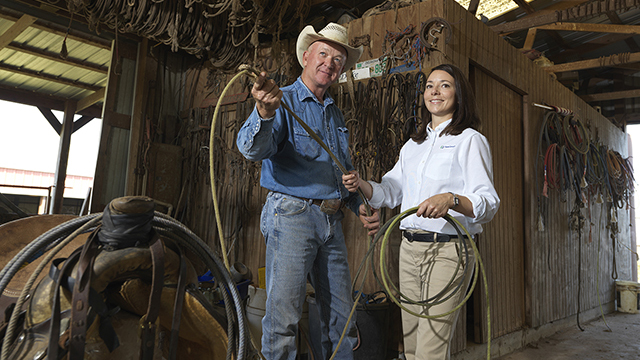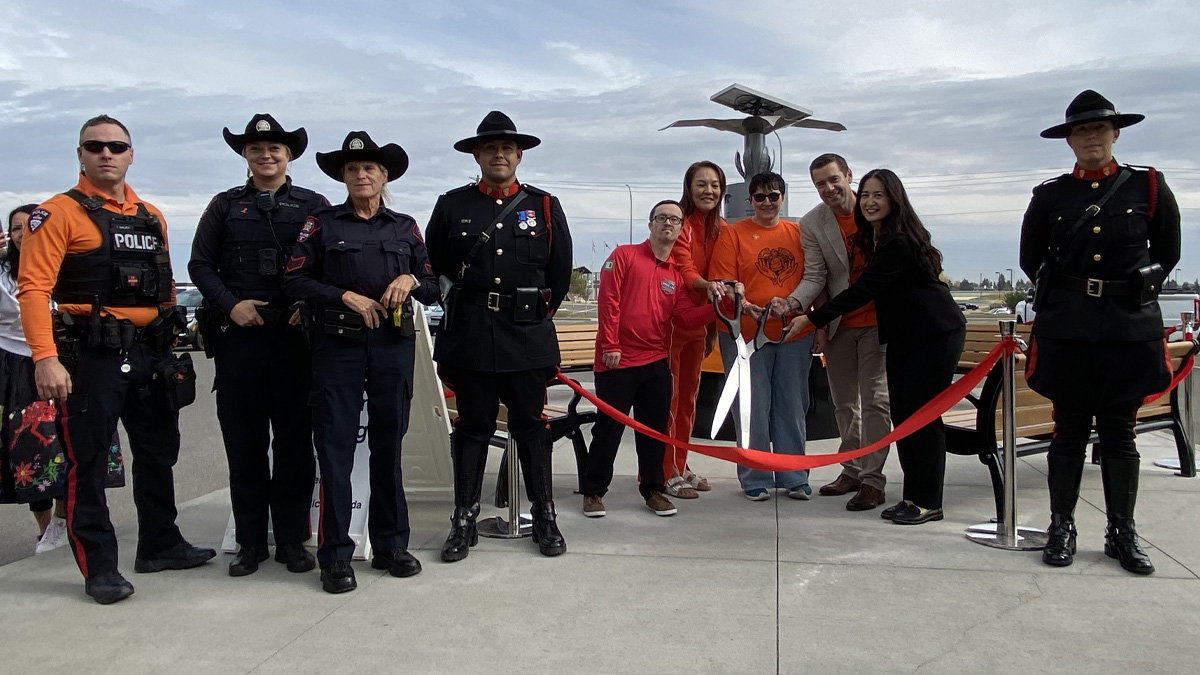Nov 7, 2025
How TransCanada reclaims pipeline rights-of-way

These cattle are grazing on the Keystone Pipeline System right-of-way in Oklahoma. Over the course of our more than 65-year history, TransCanada has successfully reclaimed hundreds of thousands of acres of land throughout North America.
If you're standing on a narrow tract of Jimmy Donaldson's land in Oklahoma, it's nearly impossible to tell what's underneath it – the Keystone Pipeline System. It's been seven years since TransCanada completed construction of the pipeline, and the right-of-way (RoW) crosses Donaldson's ranch.
It's often hard to tell that a pipeline like Keystone is buried below the ground, and that’s because our goal is to reclaim the land to the equivalent capability of how we found it.
That's been the case on Donaldson's land, where cattle continue to graze along the right-of-way.
Working closely with landowners
Part of TransCanada’s work involved ensuring Donaldson could continue to operate his ranch just as he did before the pipeline was ever built. This work included removing rocks and leveling ground areas so that his operations could continue as normal.
"Where they were – the ground is leveler than it was. It’s actually better than what it was." – Jimmy Donaldson
We’ve been with Donaldson since the conception of the Keystone pipeline and look forward to continuing our relationship with him for years to come. TransCanada is committed to treating all landowners affected by our projects honestly, fairly and with mutual respect.
Protecting your land
Your land matters to us, which means our work doesn’t end once a project’s construction is complete. We work with landowners like Donaldson throughout the complete life cycle of an asset. Our works starts during the planning phase of a project, which includes engagement with the landowner and a detailed environmental assessment, both key activities to minimize the impact of a project on the surrounding environment.
Once construction is complete we work closely with landowners to reclaim their land and to re-establish the land’s biodiversity. Post-construction monitoring is also conducted to confirm the effectiveness of mitigation strategies, reclamation and habitat restoration activities.
“It doesn’t make any noise and it doesn’t hurt anything.” – Jimmy Donaldson
Casey McGaha, Lead Environmental Inspector at TransCanada, has led TransCanada’s reclamation process on many acres of land. McGaha says he approaches’ each landowner track as if it were his own.
“I have a very high standard of how things need to be. If it was my land, I would want a high standard, so that’s how I approach each individual track,” said McGaha
Read more information on our commitment to environmental stewardship, including our reclamation practices here.




